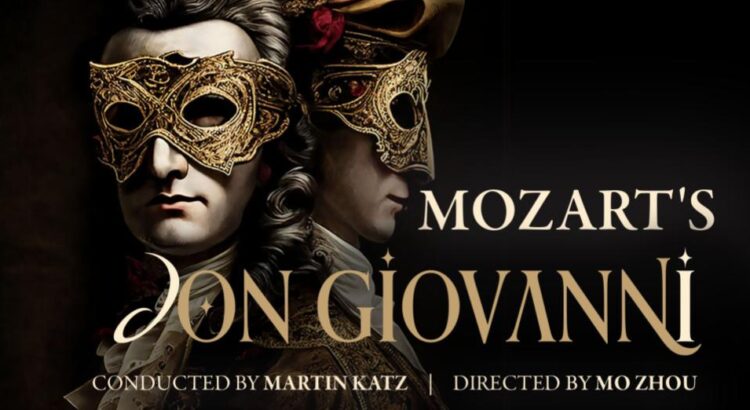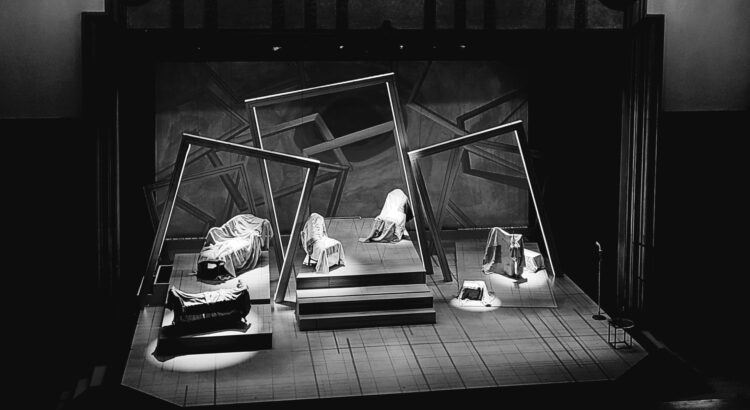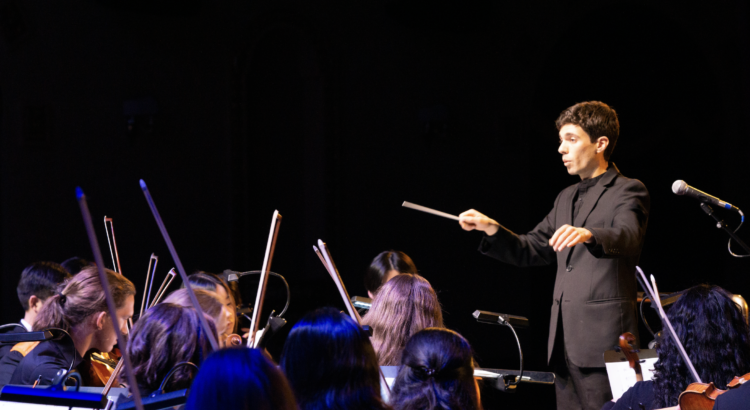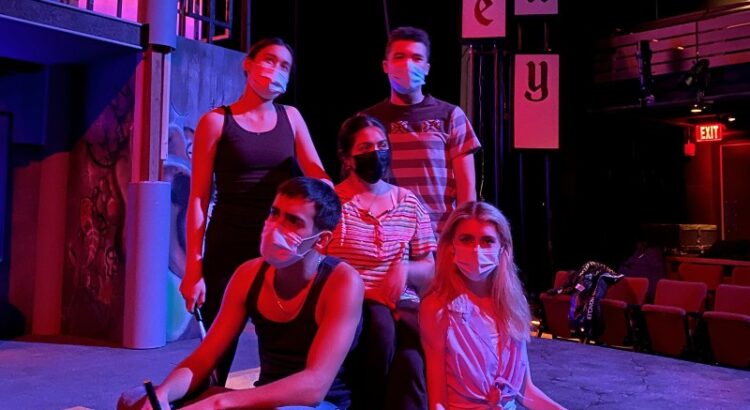8:00pm • Saturday, March 25, 2023 • Lydia Mendelssohn Theater
I was skeptical of all the articles I read before attending Don Giovanni that said it encapsulated “the full spectrum of human emotion.” I feel that when I attend live performances, I am easily impressed by talent in singing and dancing, but I’m rarely moved. However, this production of Don Giovanni was genuinely moving. The artists onstage deftly wove between moments of comedy and tragedy, creating an emotional journey that was surprisingly engaging.
Some of my favorite examples include Donna Anna’s reaction after the murder of her father and her duet, “Ah, vendicar, se il puoi, giura quel sangue ognor!” with Don Ottavio, which realistically captured her shock and grief and his devotion. There were also laugh-out-loud moments, such as the opera’s first interaction between Don Giovanni, Leporello, and Donna Elvira and particularly “Madamina, il catalogo è questo” (although I must qualify that I was more entertained by the delivery of that aria than its contents). Throughout the performance, though her character was often used comedically, I was captivated by Donna Elvira’s complicated combination of longing, betrayal, rage and vengefulness, as well as her piety.
Because I love giving shout-outs to my favorite artists, for this production of Don Giovanni, I want to highlight Sitong Liu (Donna Anna) and Joshua Thomas (Il Commendatore), who had, in my opinion, the most beautiful voices of the evening. Liu’s regality and her icy grief were a stark contrast to some of the more comedic elements of the play, and her voice was breathtakingly clear. I regret that the character of the Commendatore has so few arias, because I would have enjoyed hearing quite a bit more of Thomas’s voice. Finally, my favorite all-around performance was probably from the aptly-named Aria Minasian (Donna Elvira) for her ability to embody both the humor and the darker, more painful emotions of the story. She really had the best facial expressions.
There’s so much to talk about with this opera, but I wanted also to note some dramaturgical choices which were made with this production. The program describes how the production crew wanted to be critical and careful of the themes of abuse and violence towards women, a mindset which I feel they executed well. I could see how they emphasized the relationships and support among community members which make accountability possible in the play, as well as realistically and sensitively portraying the impact of the traumas the female characters experience.
In conclusion, this production of Don Giovanni helped me appreciate opera on a new level. Even though the performance was over two and a half hours long, it remained engaging, and as I continue to reflect on the performance I can dive deeper and deeper into my admiration of the story and the art form.








